
How to Use GPS NEO 6M: Examples, Pinouts, and Specs
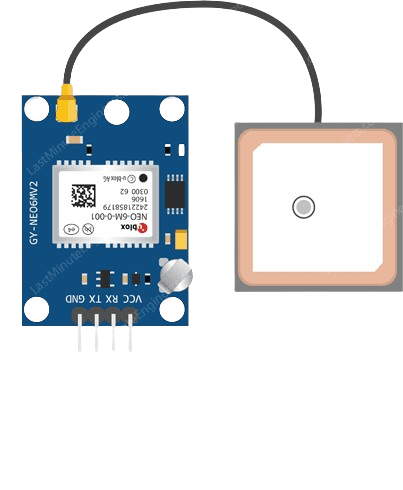
 Design with GPS NEO 6M in Cirkit Designer
Design with GPS NEO 6M in Cirkit DesignerIntroduction
The GPS NEO 6M module is a compact, high-performance GPS (Global Positioning System) receiver with an integrated NEO 6M chipset that provides accurate positioning and navigation information. This module is widely used in various applications such as drones, vehicle tracking systems, personal navigation devices, and time synchronization.
Explore Projects Built with GPS NEO 6M
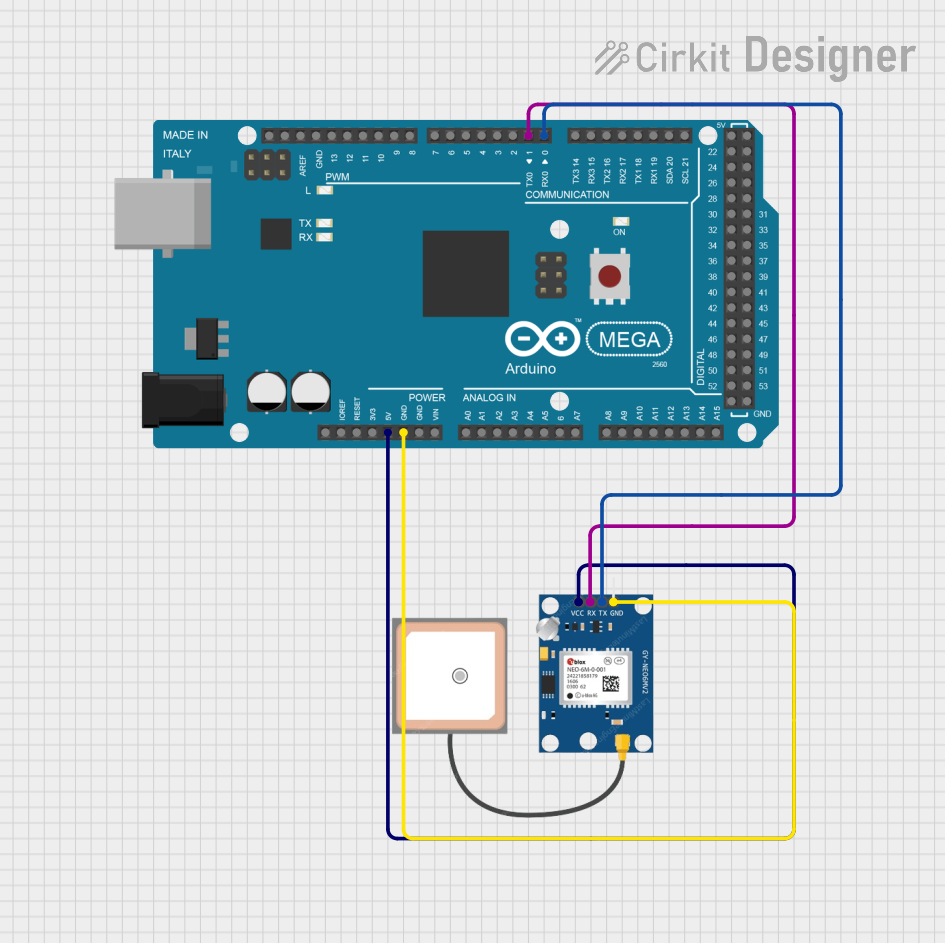
 Open Project in Cirkit Designer
Open Project in Cirkit Designer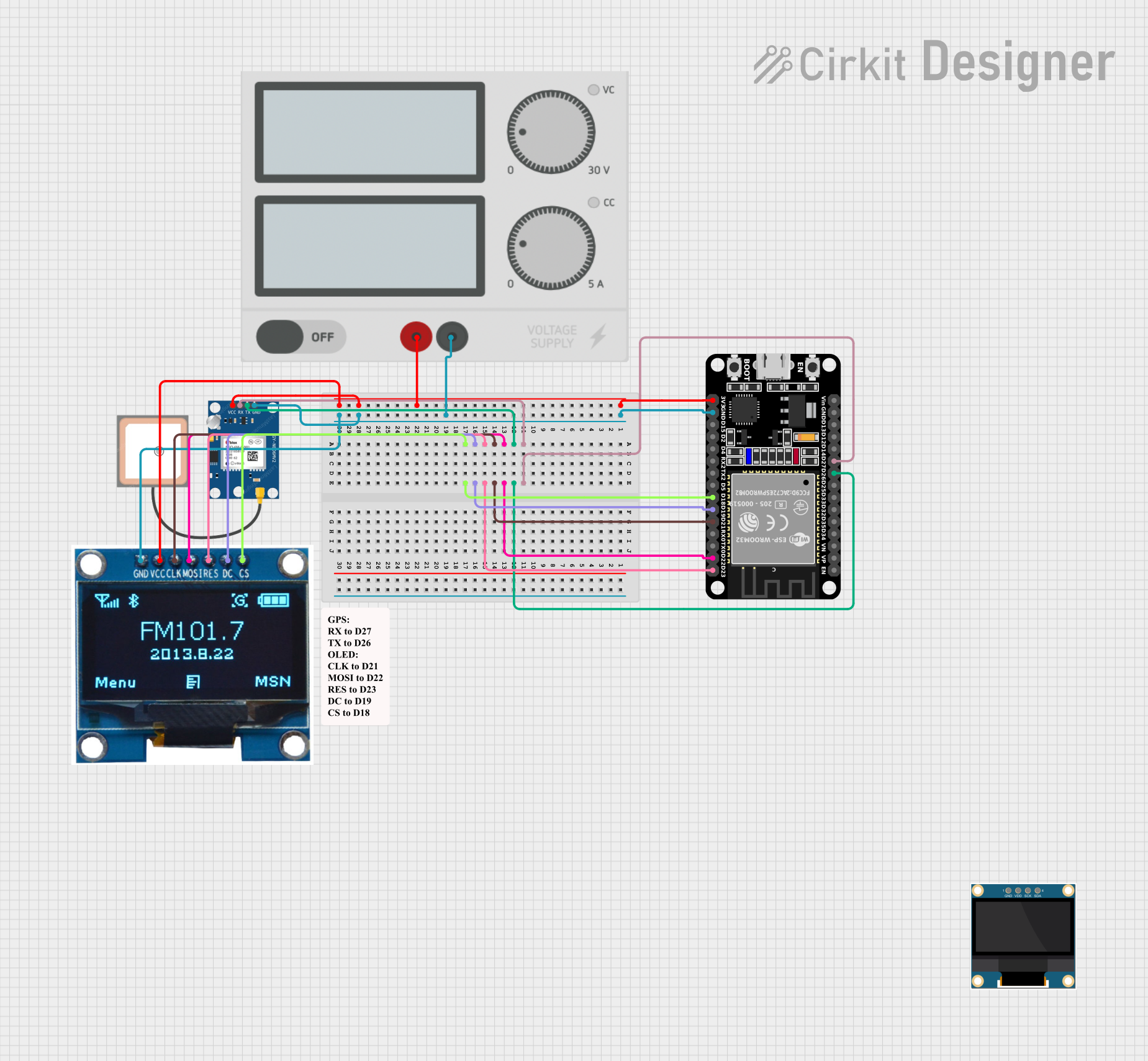
 Open Project in Cirkit Designer
Open Project in Cirkit Designer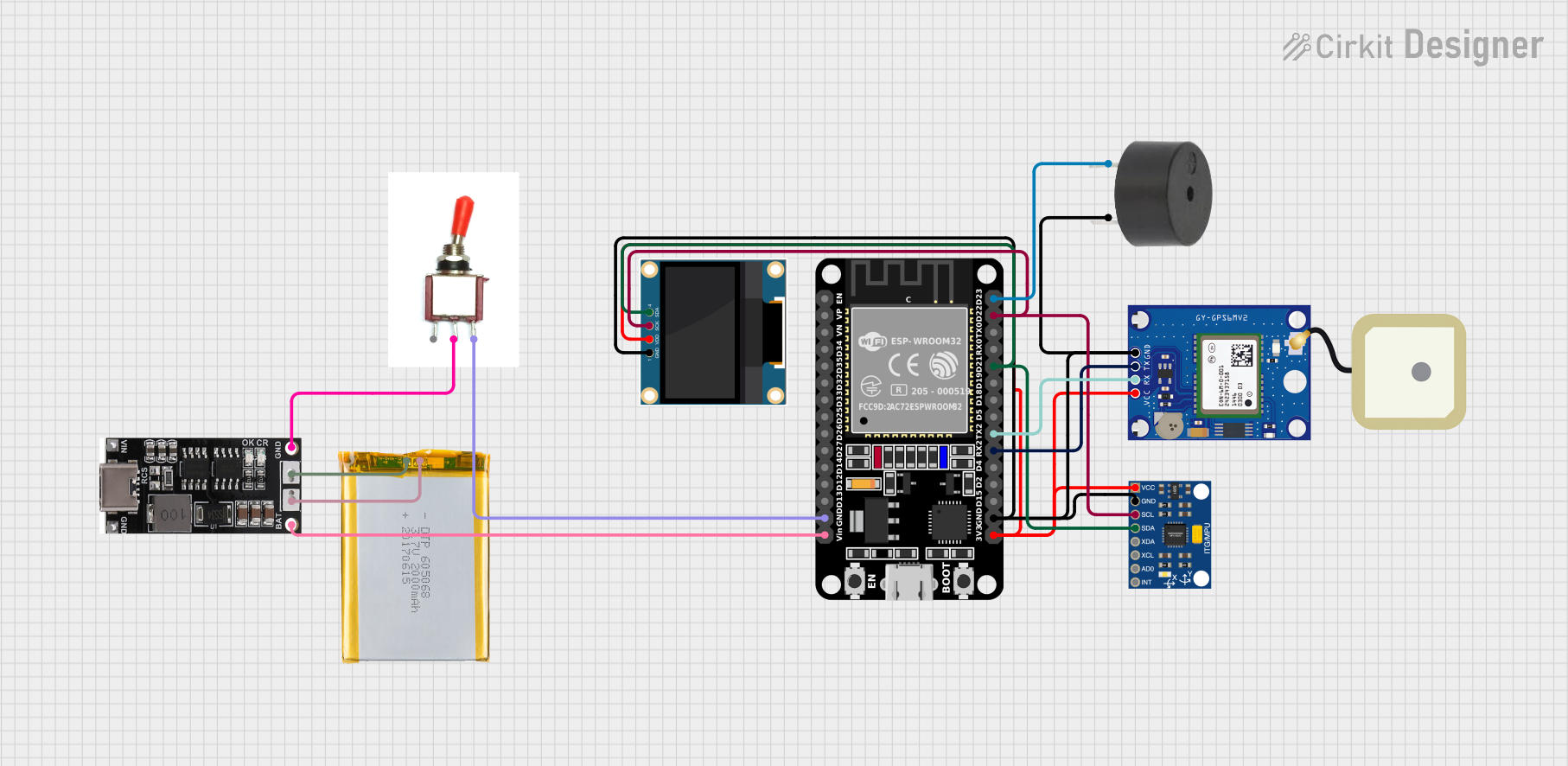
 Open Project in Cirkit Designer
Open Project in Cirkit Designer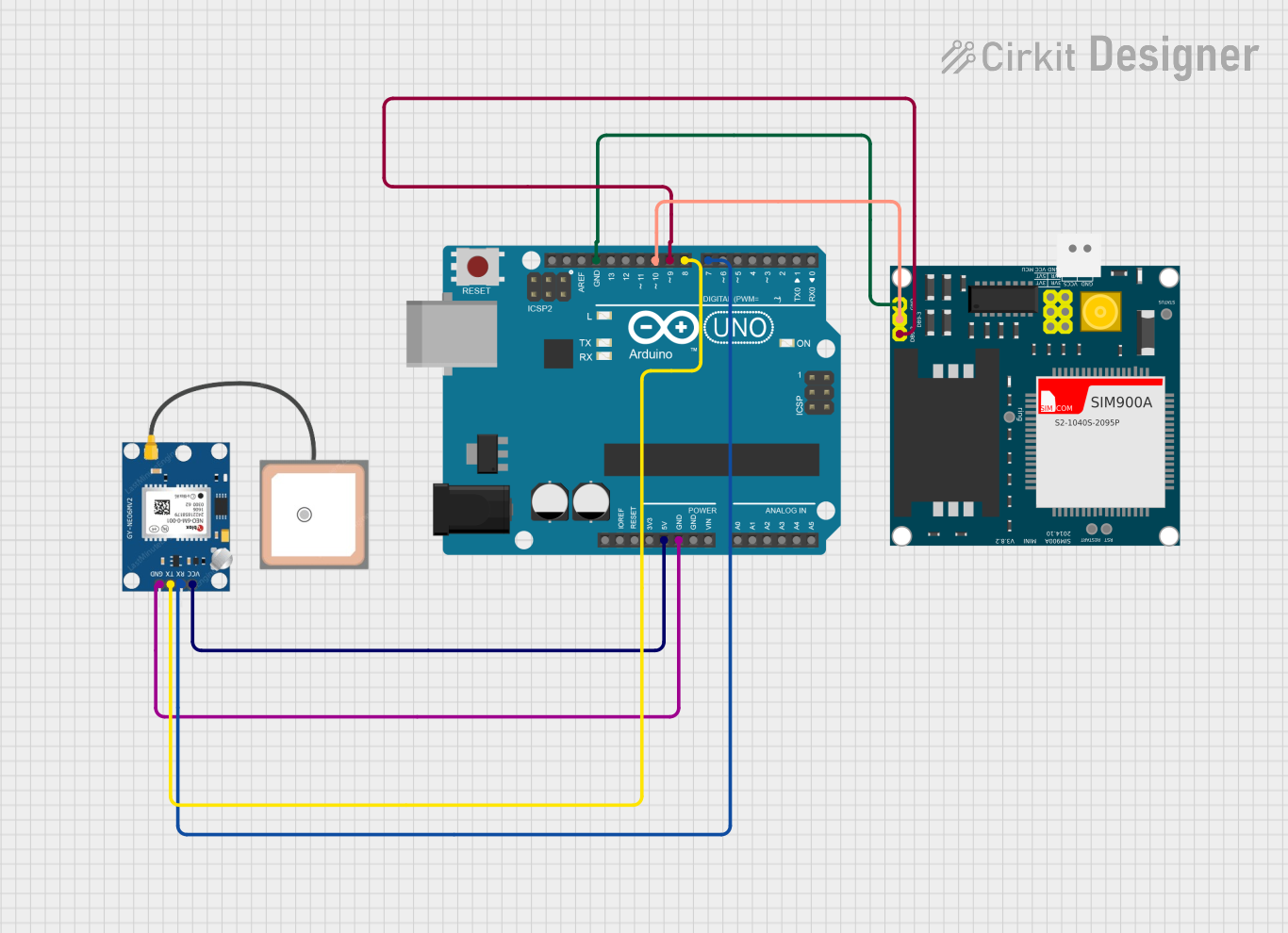
 Open Project in Cirkit Designer
Open Project in Cirkit DesignerExplore Projects Built with GPS NEO 6M

 Open Project in Cirkit Designer
Open Project in Cirkit Designer
 Open Project in Cirkit Designer
Open Project in Cirkit Designer
 Open Project in Cirkit Designer
Open Project in Cirkit Designer
 Open Project in Cirkit Designer
Open Project in Cirkit DesignerCommon Applications and Use Cases
- Personal navigation and tracking
- Geocaching and outdoor sports
- Fleet management and vehicle tracking
- Synchronization of time-sensitive systems
- UAVs and autonomous vehicles
Technical Specifications
Key Technical Details
- Chipset: u-blox NEO-6M
- Power Supply: 3.3V to 5V
- Power Consumption: 50mA
- Backup Power: 1.4 to 3.6V
- Sensitivity: -161 dBm
- Update Rate: Up to 5Hz
- Accuracy: 2.5m CEP (Circular Error Probable)
- Time to First Fix: Cold start: 27s, Warm start: 27s, Hot start: 1s
- Operating Temperature: -40°C to 85°C
- Communication: Serial TTL (UART)
Pin Configuration and Descriptions
| Pin Name | Description |
|---|---|
| VCC | Power supply (3.3V to 5V) |
| GND | Ground |
| TX | Transmit pin (connect to RX) |
| RX | Receive pin (connect to TX) |
| PPS | Pulse per second (time pulse) |
Usage Instructions
How to Use the Component in a Circuit
- Power Connection: Connect the VCC pin to a 3.3V or 5V power supply and the GND pin to the ground.
- Data Connection: Connect the TX pin of the GPS module to the RX pin of the microcontroller and the RX pin to the TX pin.
- Antenna: Ensure the GPS antenna is properly connected and has a clear view of the sky for optimal performance.
Important Considerations and Best Practices
- Power Supply: Ensure that the power supply is stable and within the specified voltage range.
- Antenna Placement: Place the antenna in a location with minimal obstructions to the sky.
- Baud Rate: The default baud rate is 9600 bps. Make sure your microcontroller's serial port is set to this baud rate.
- Cold Start: Allow time for the module to acquire satellite signals during the initial power-up (cold start).
Example Code for Arduino UNO
#include <SoftwareSerial.h>
// The GPS module's TX pin is connected to Arduino pin 4 (RX)
// The GPS module's RX pin is connected to Arduino pin 3 (TX)
SoftwareSerial gpsSerial(4, 3); // RX, TX
void setup() {
// Start the serial communication
Serial.begin(9600);
gpsSerial.begin(9600);
Serial.println("GPS Module NEO-6M Test");
}
void loop() {
// Check if data is available from the GPS module
if (gpsSerial.available()) {
// Read the incoming byte from the GPS module
char c = gpsSerial.read();
// Print the incoming byte to the Serial Monitor
Serial.write(c);
}
}
Troubleshooting and FAQs
Common Issues Users Might Face
- No Signal: If the module is not getting a signal, ensure that the antenna has a clear view of the sky and that the module is not indoors or near tall buildings.
- Incorrect Baud Rate: If there is no data output, check that the baud rate of the GPS module and the microcontroller's serial port match.
- No Power: Verify that the power connections are secure and the power supply is within the specified voltage range.
Solutions and Tips for Troubleshooting
- Antenna Placement: Relocate the antenna or the entire module to a position with a better view of the sky.
- Reset the Module: Power cycle the module to reset it and allow it to perform a new cold start.
- Check Connections: Ensure all connections are secure and correct, especially the TX and RX pins.
FAQs
Q: How long does it take for the GPS module to get a fix? A: It can take up to 27 seconds for a cold start and 1 second for a hot start.
Q: Can I use the GPS module indoors? A: GPS signals are weak indoors and may not be sufficient for a reliable fix. It's recommended to use the module outdoors.
Q: What is the purpose of the PPS pin? A: The PPS pin outputs a pulse per second, which can be used for precise timekeeping or to synchronize multiple systems.
Q: How can I improve the accuracy of the GPS module? A: Ensure clear sky visibility, avoid interference sources, and allow sufficient time for the module to stabilize after power-up.